Featuring Logan Wood
Back button focus separates focus from the shutter button on your camera for greater control over the capture of your image underwater. Back button focus can be useful in both wide angle and macro underwater photography and is the preferred way to shoot for many professionals.
Most Ikelite housings provide dual ergonomic levers to comfortably use the back button focus technique with your forefinger on the shutter and thumb on the AF-ON. Logan Wood shows you how to set your Canon camera to utilize this shooting technique.
Keep in mind that once you've applied these settings, the camera will no longer adjust or correct focus when you pull the shutter trigger. Focus will only be achieved by pressing the AF-ON button.
What is Back Button Focus?
By default, your camera is set up so that when you half press the shutter it focuses and then when you fully press the shutter button it takes the photo. Now the issue is, each time you engage the shutter to take a new photo your camera is looking for a new focus point. So if you're taking more than one photo at a time, each photo could have a completely different focus point between them.
Back button focus separates that autofocus activation to the AF-ON button on the back of your camera. So when you go to take a photo you can hold down the AF button, lock and let your camera track that single focus point while you blast away taking photos.
This is especially important in underwater photography where keeping focus on fast moving subjects like fish or sharks can be tough but crucial.

Ikelite Ambassador and prolific underwater photographer David Fleetham swears by Back Button Focus (BBF) for his underwater images. Read more about how he utilizes this technique in his article Getting It Sharp: Back Button Focus and Post Processing Workflow.
"Back button focus is essential for tracking fast moving subjects and pulling off the frame at just the right second." - David Fleetham
Setting up Back Button Focus
I'll be setting up back button focus on this Canon R10 but it's essentially the same process for all Canon cameras.
First we’re going to turn on the camera and click the Menu button. Then we're going to navigate to the third page of the orange camera tab and open the customize buttons option. Scroll down a few clicks until you find the AF-ON option, click on that and choose the first option Metering and AF Start. I’ll do the same for video.
Next we’re going to take away the autofocus activation from the shutter by scrolling all the way back up and changing the first option to Metering Start. Now the camera will not focus when you press the shutter and will only focus when press the AF-ON button. Then press the shutter button to take the photo.
This is perfect for tracking marine life and getting tack sharp images underwater.
If you have any questions shoot us an email to ikelite@ikelite.com.

Logan Wood is a published photographer, cinematographer, and Producer at Ikelite. Stemming from a great appreciation for the outdoors and living an active lifestyle, his work focuses on capturing and sharing the natural world through the latest technologies. When not in the studio, Logan can be found cruising on his bike, going to concerts, and researching where to go next. You can see more of his work at loganwood.net and on Instagram @jlowood
Additional Viewing
Getting it Sharp: Back Button Focus and Post Processing Workflow
Custom White Balance for Underwater with Canon Mirrorless Cameras [VIDEO]
Canon Mirrorless Lineup Explained for Underwater [VIDEO]
Wide Angle Showdown: Canon RF-S 10-18mm vs Tokina 10-17mm Underwater
GET the Canon 8-15mm Fisheye Before It's GONE! // Underwater Review & Results

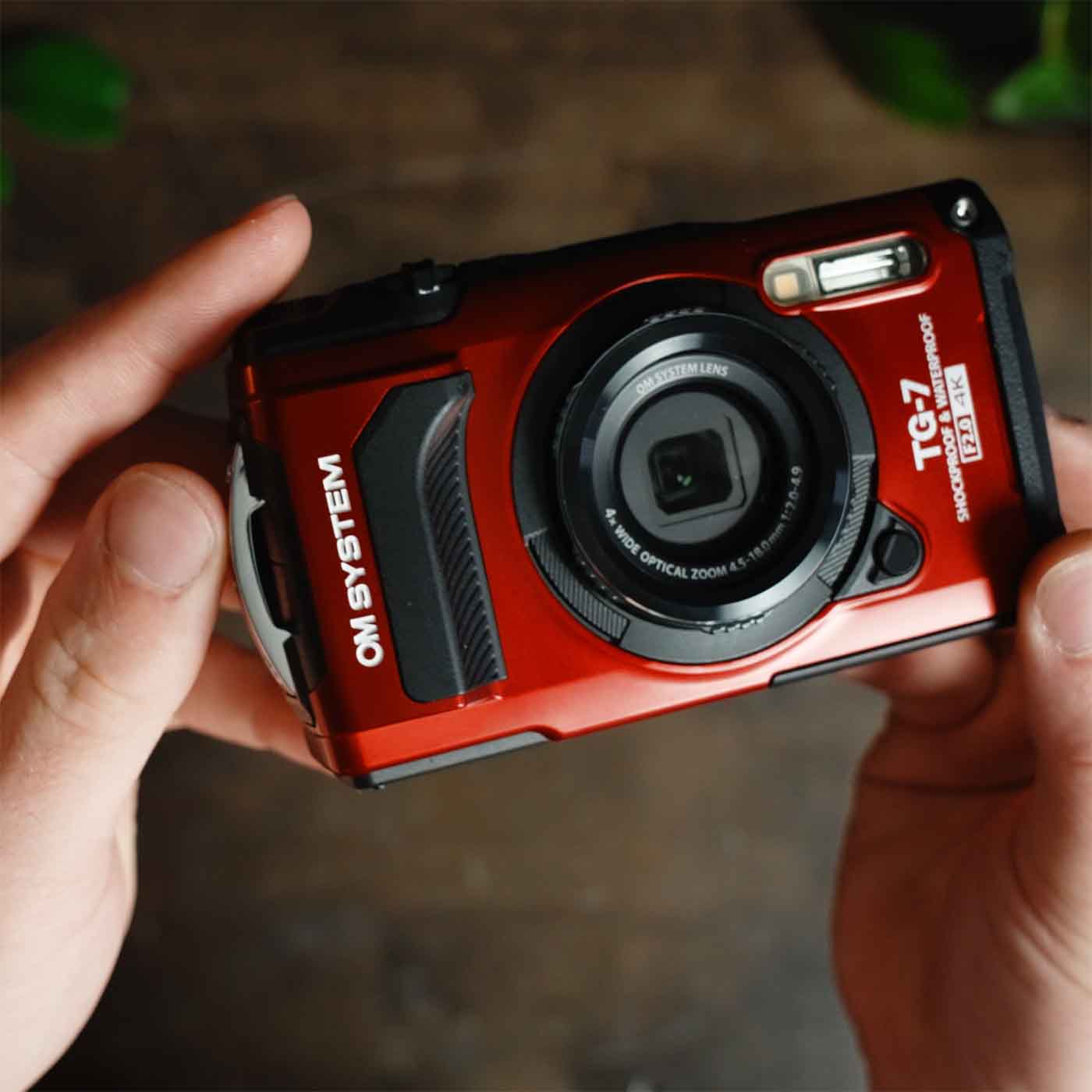
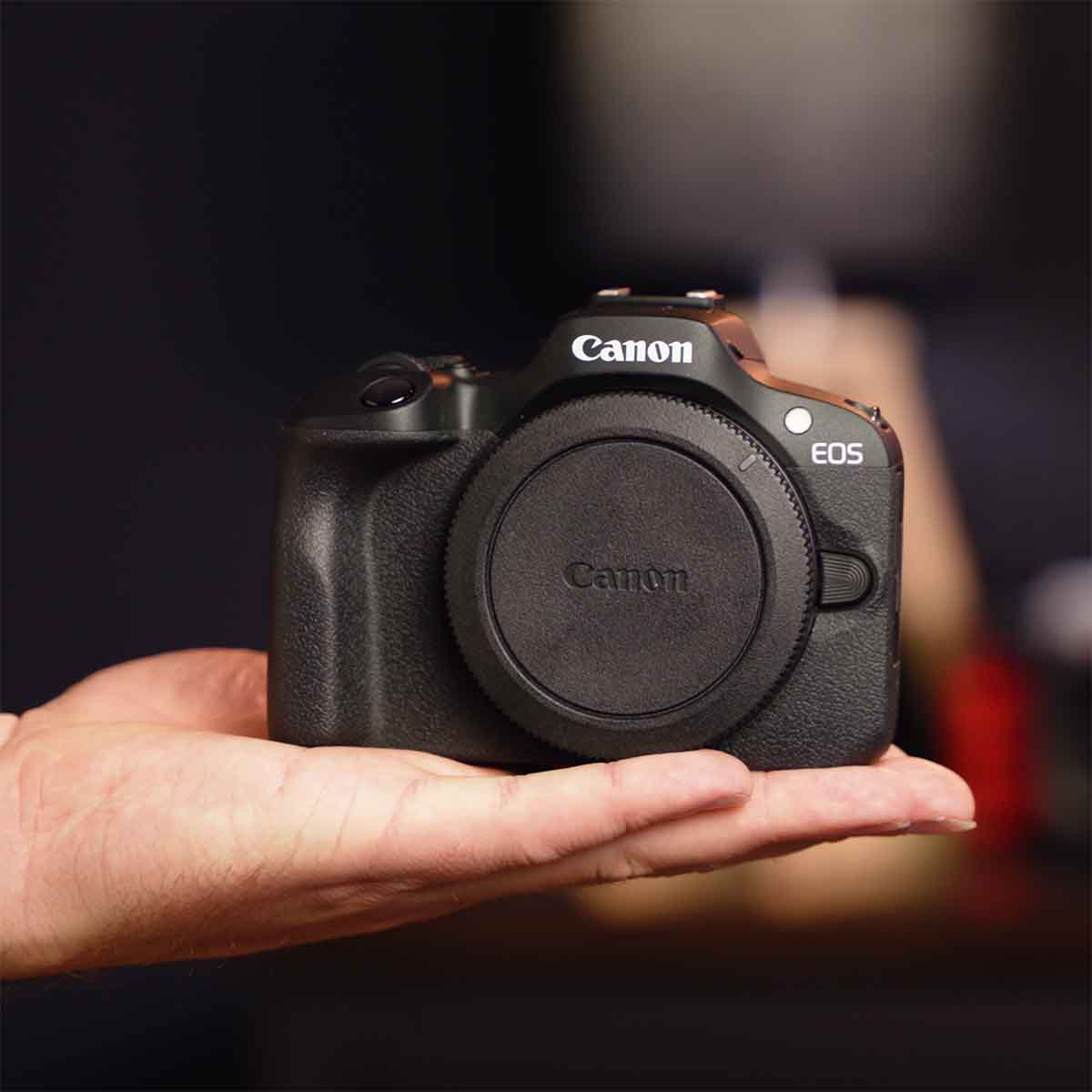
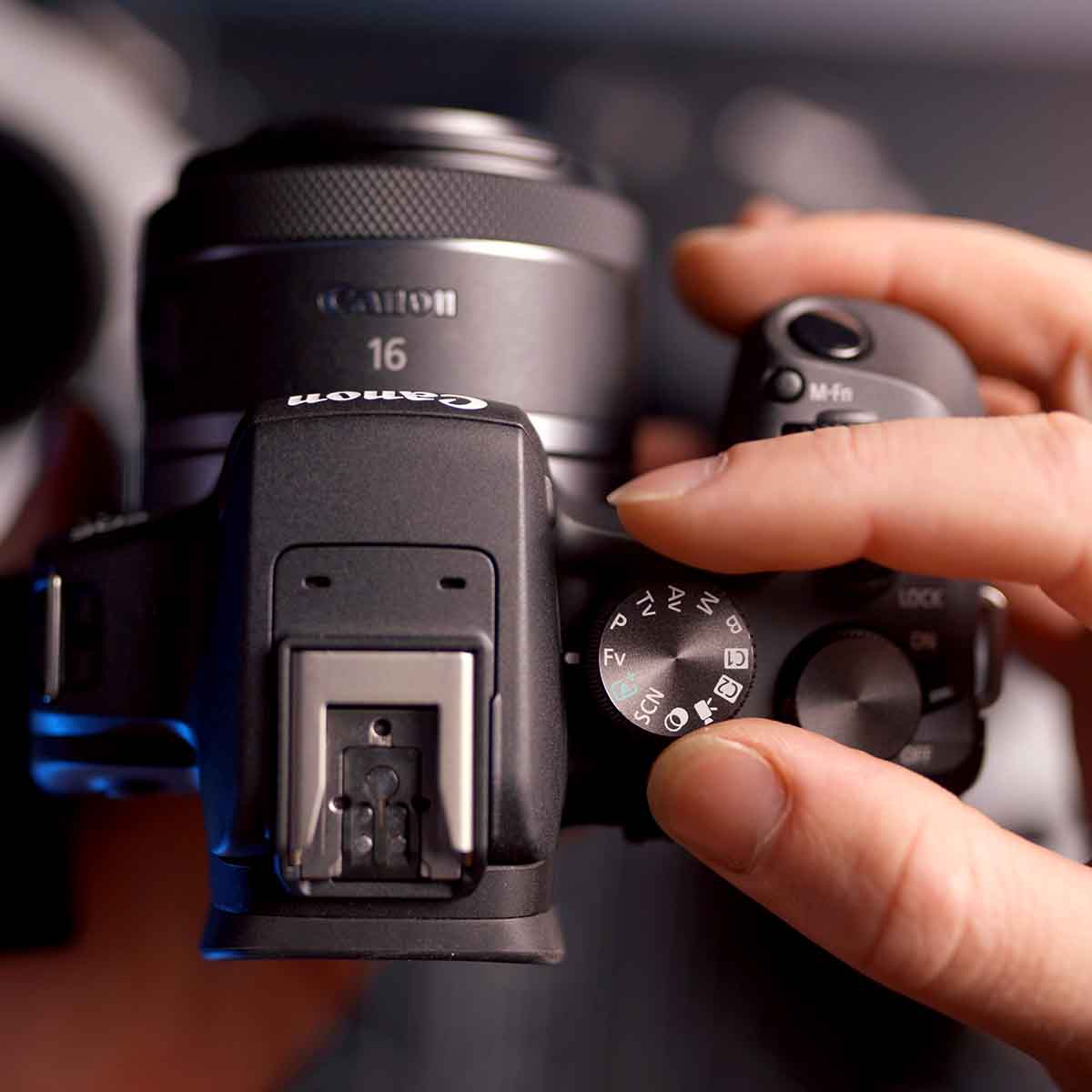
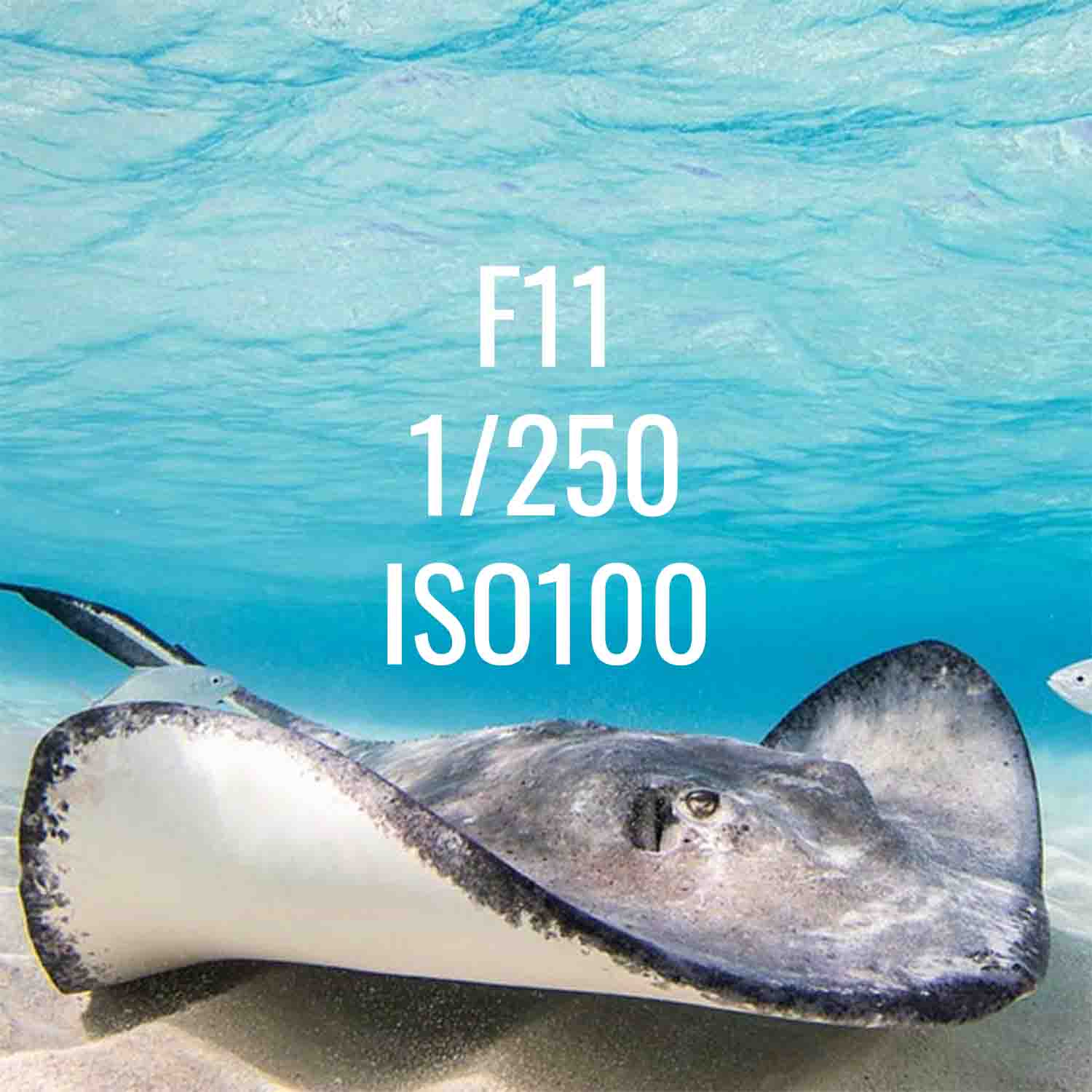

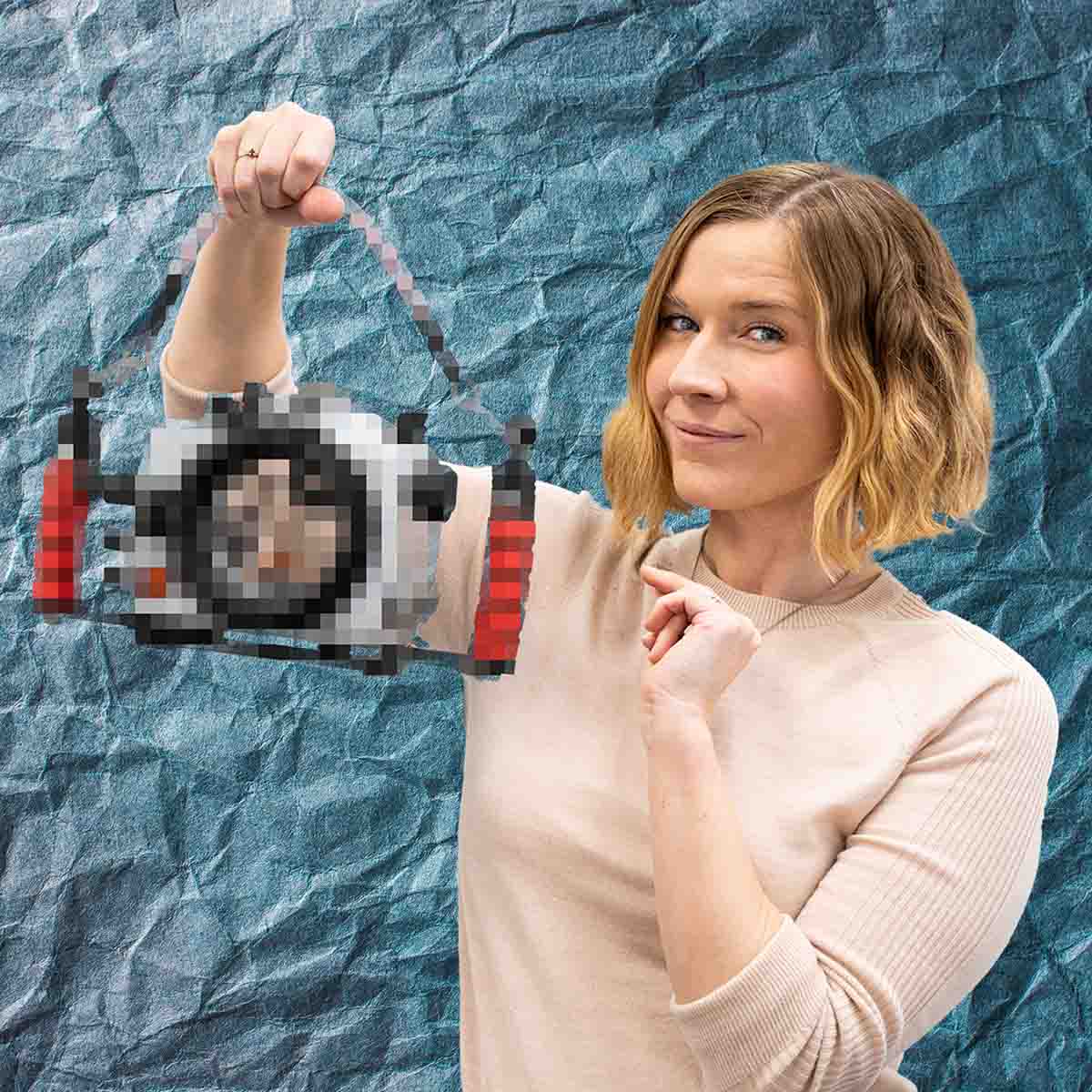
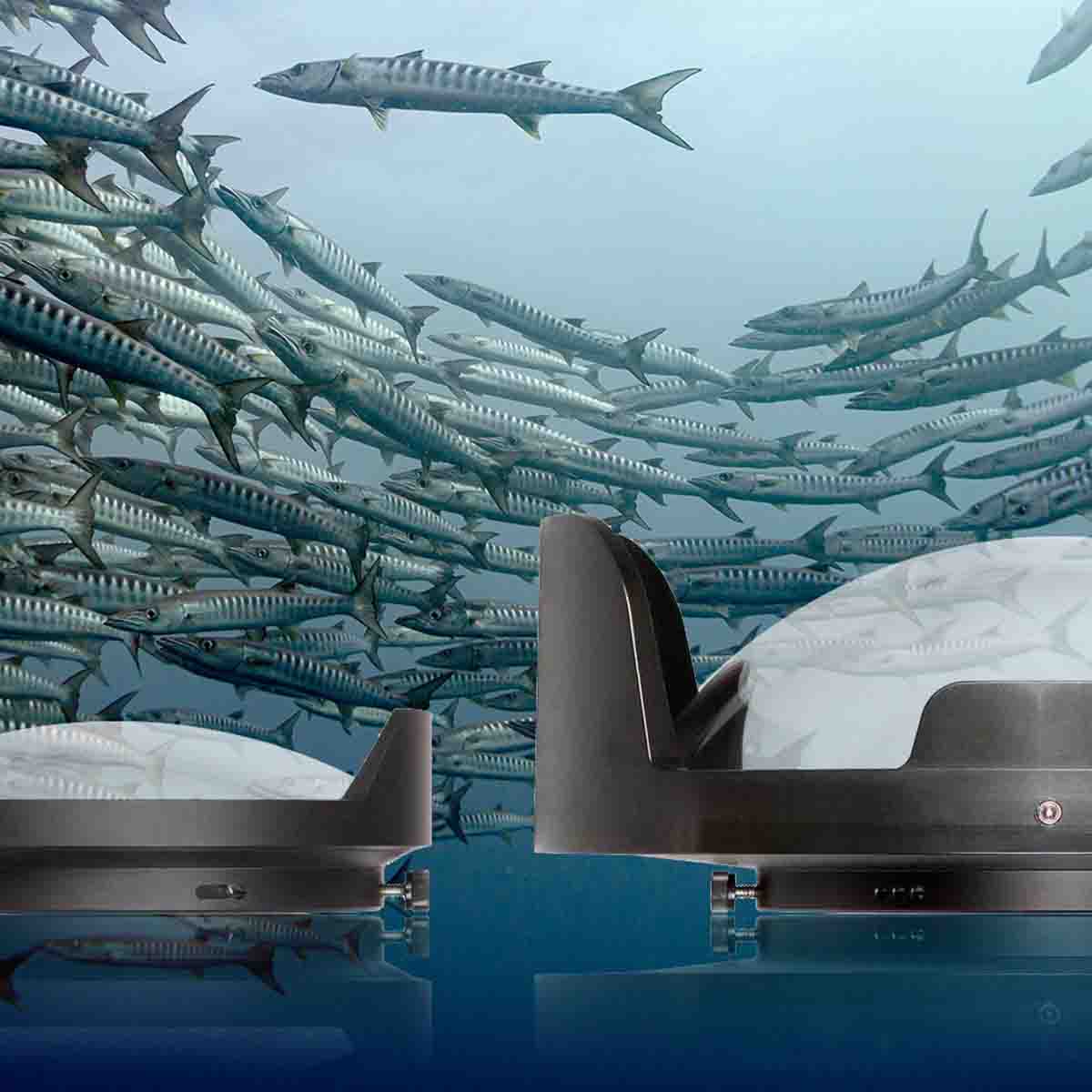
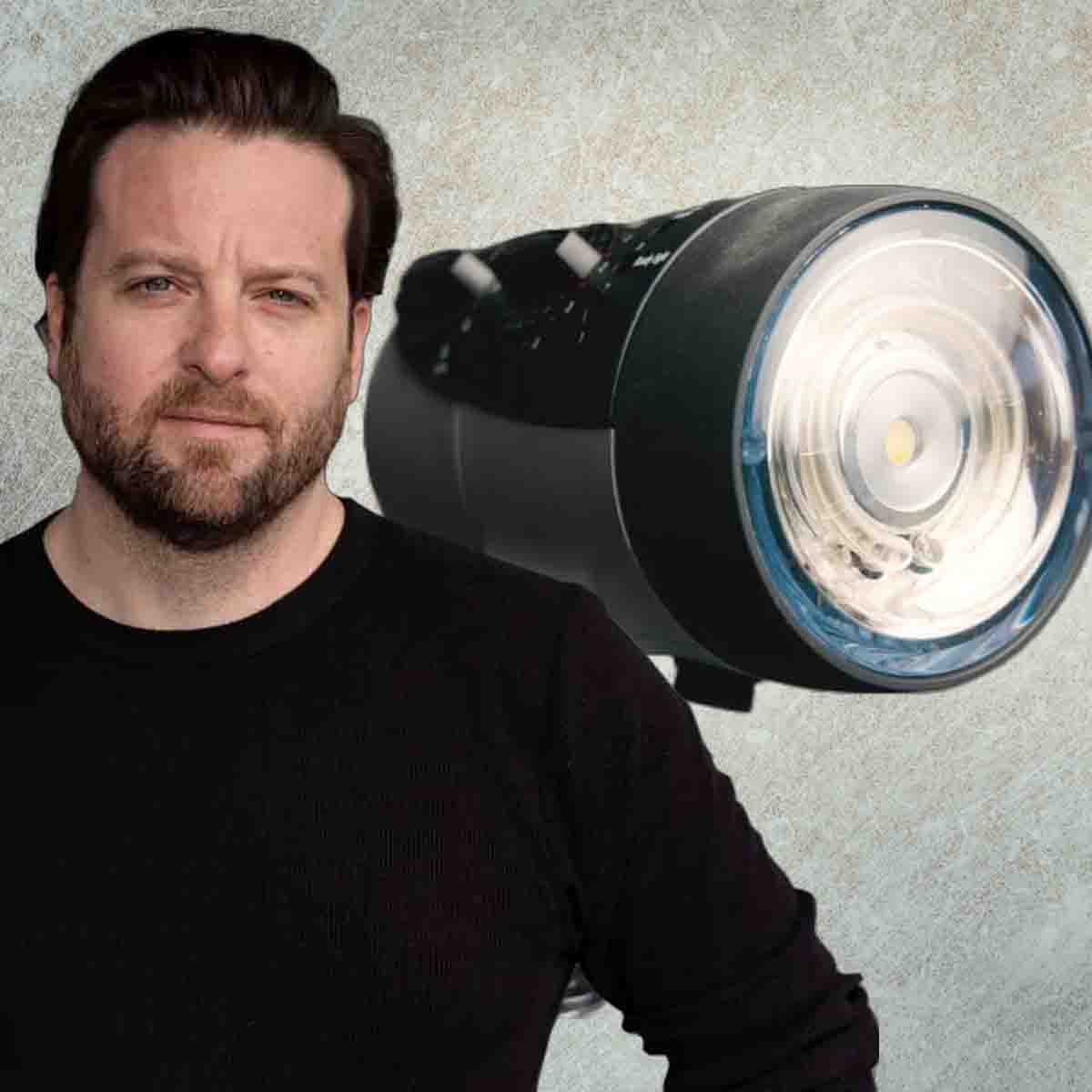
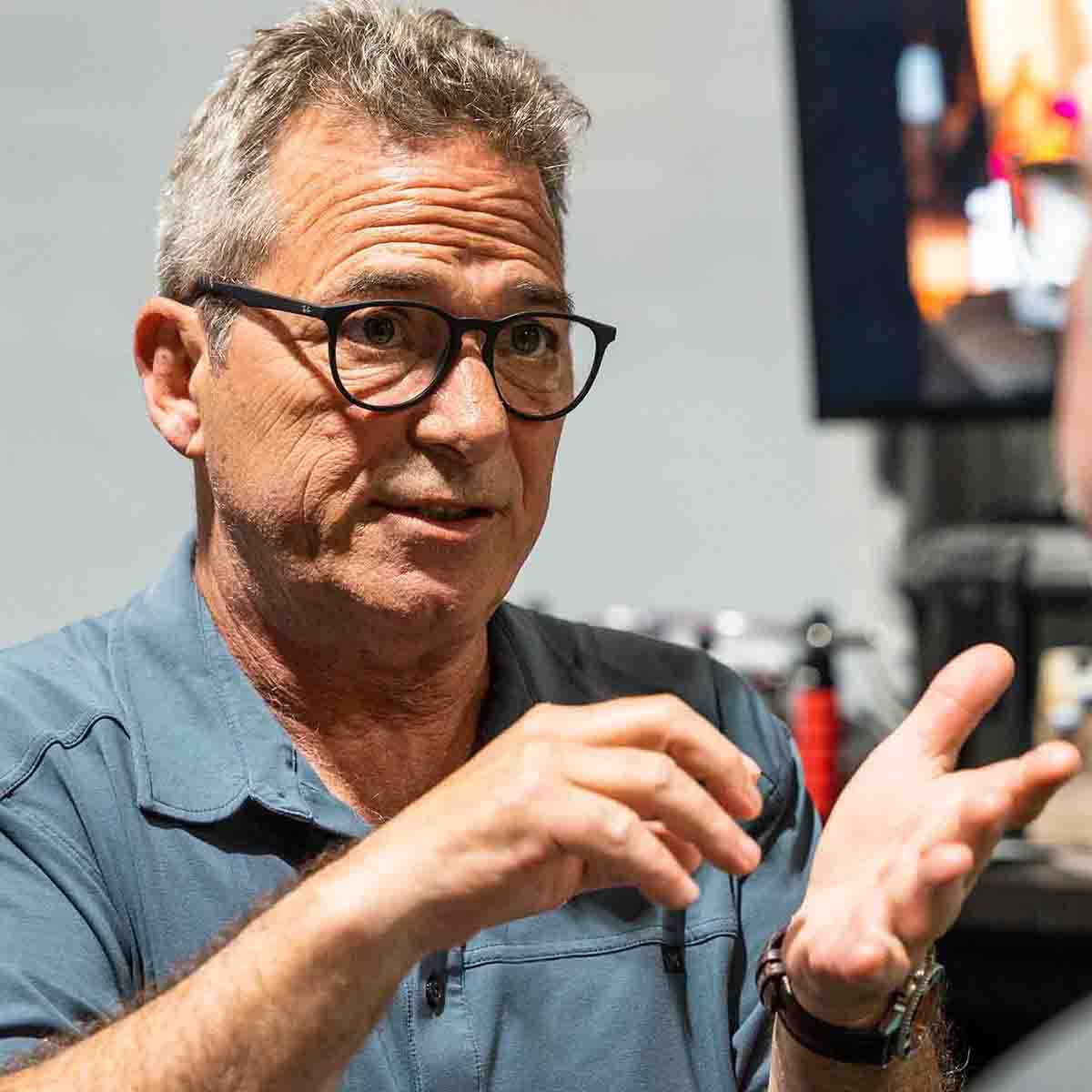
![Canon Back Button Focus for Underwater Photography [VIDEO]](http://www.ikelite.com/cdn/shop/articles/Canon_Back_Button_Focus_Blog_Cover_eeb78eca-3674-489c-a9ad-3f5f9ef30b0e.jpg?v=1743767208&width=1500)
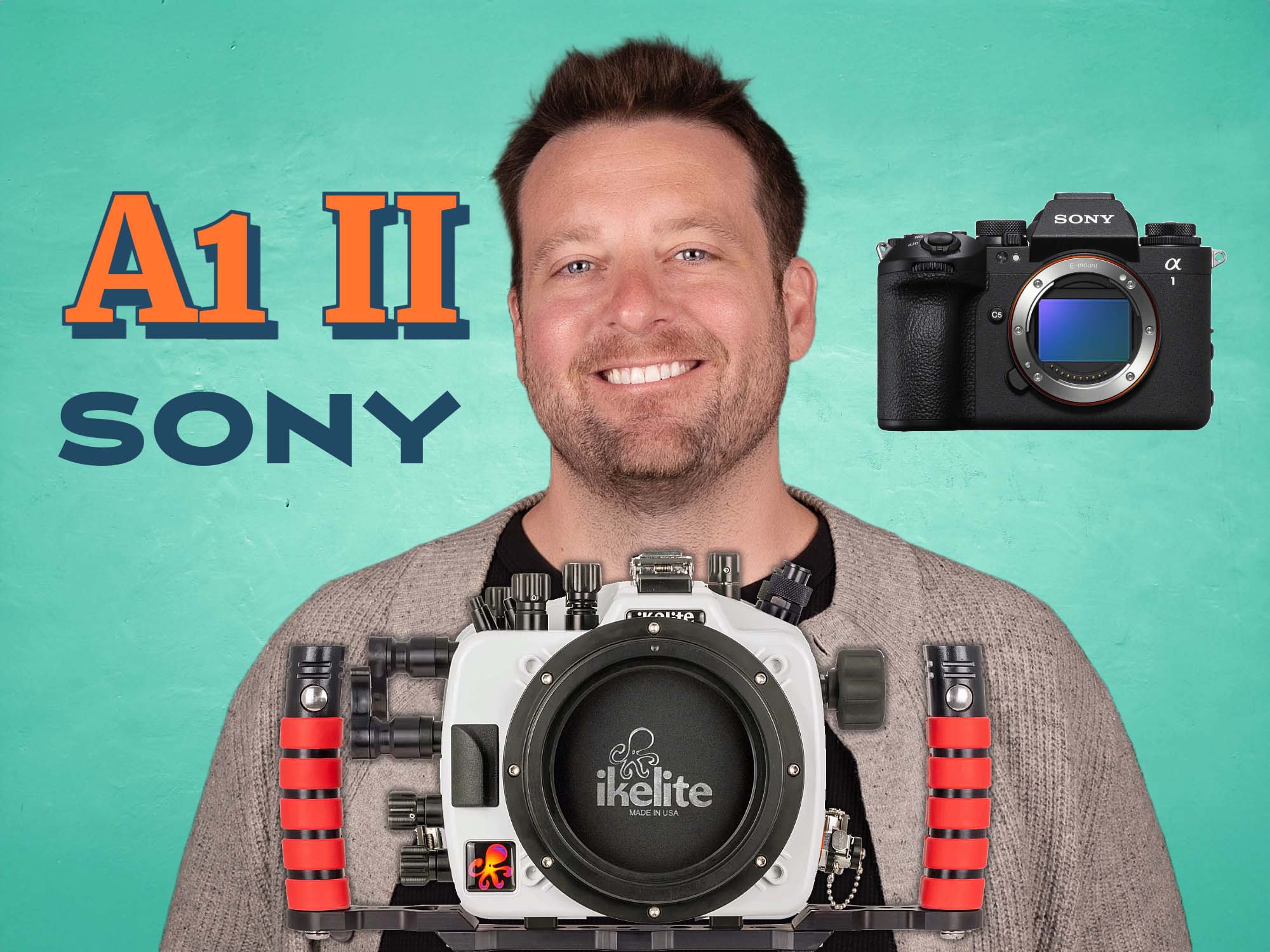
![Installing a Vacuum Test Valve in an Ikelite DLM Underwater Housing [VIDEO]](http://www.ikelite.com/cdn/shop/articles/ikelite-underwater-housing-vacuum-valve-installation-blog-cover_5d06e5c8-a5c6-4218-937e-c44f6d70f825.jpg?v=1744307146&width=1820)